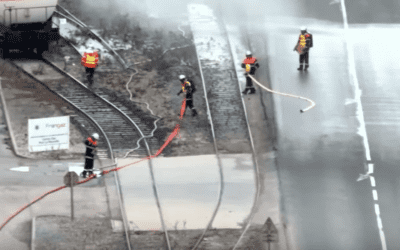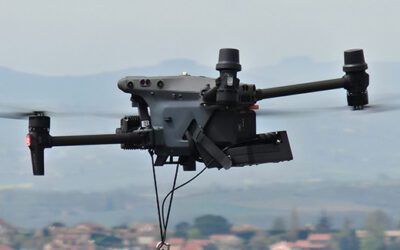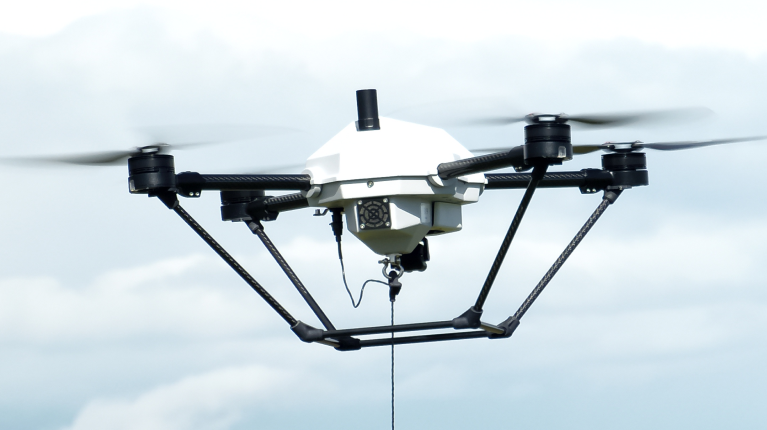How Drones for Police are Revolutionizing Law Enforcement Operations

Garrett Connolly
12 minutes
In recent years, the integration of drone technology into law enforcement operations has marked a significant shift in policing tactics. Drones for police, specifically small, multirotor drones, have become invaluable tools for police departments across the globe. These advanced aerial systems are enhancing the effectiveness of law enforcement in various aspects, from aerial surveillance to search and rescue operations and beyond.
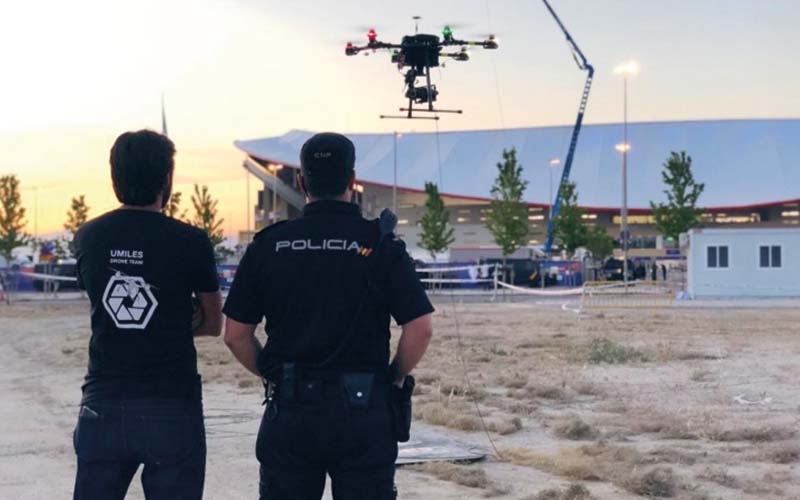
Drones for Police and Public Safety to Enhance Aerial Surveillance
Drones have changed how police watch from above, making surveillance more effective and flexible. These drones can provide complete coverage and monitor situations in real-time. This is key for situations that require quick action.
Beyond mere surveillance, drones are proactive deterrents in regions suffering from high crime rates. They can enhance safety while simultaneously reducing risks to law enforcement personnel on the ground.
Perimeter surveillance
One example of this application is in perimeter surveillance. Drones for police can provide a unique advantage over fixed cameras by offering aerial views that cover vast expanses without blind spots. Drones can help quickly spot breaches or unauthorized entries at major events or secure facilities. Fixed cameras may miss these because they have limited views.
Persistent aerial coverage
Tethered drones bring specific advantages to law enforcement surveillance and safety operations. The tether keeps the drone powered from the ground so it can fly longer without needing new batteries. It also secures the drone against flyaways.
Tethered drones can stay in the air for a long time during surveillance tasks like crime scene investigations. They provide live video feed to command centers for hours or even days. This capability is invaluable for gathering evidence, monitoring suspect movements, and ensuring officer safety during prolonged incidents.
As an example, during large events, tethered drones can offer continuous aerial view, making it easier to spot and address potential crowd-related issues before they escalate. In addition, the persistent presence of a drone overhead can also act as a visual deterrent to potential troublemakers.
Integration with surveillance system
The flexibility of drones for police extends to their ability to integrate seamlessly with existing security infrastructure, enhancing the efficacy of traditional surveillance methods. By feeding aerial data into central monitoring systems, drones offer a more comprehensive picture of security scenarios, allowing for quicker and more coordinated responses to incidents.
More ethical alternatives
Replacing or complementing traditional helicopter surveillance, drones present a more cost-effective and less intrusive method of aerial monitoring. This approach aligns with ethical and responsible law enforcement practices, emphasizing the importance of minimizing operational risks and respecting community privacy. Today, police want to be transparent about their drone use, especially because people often have concerns about surveillance technology. By openly communicating the intentions and regulations surrounding the use of drones for police, agencies can ensure public trust and support for these advanced surveillance tools.
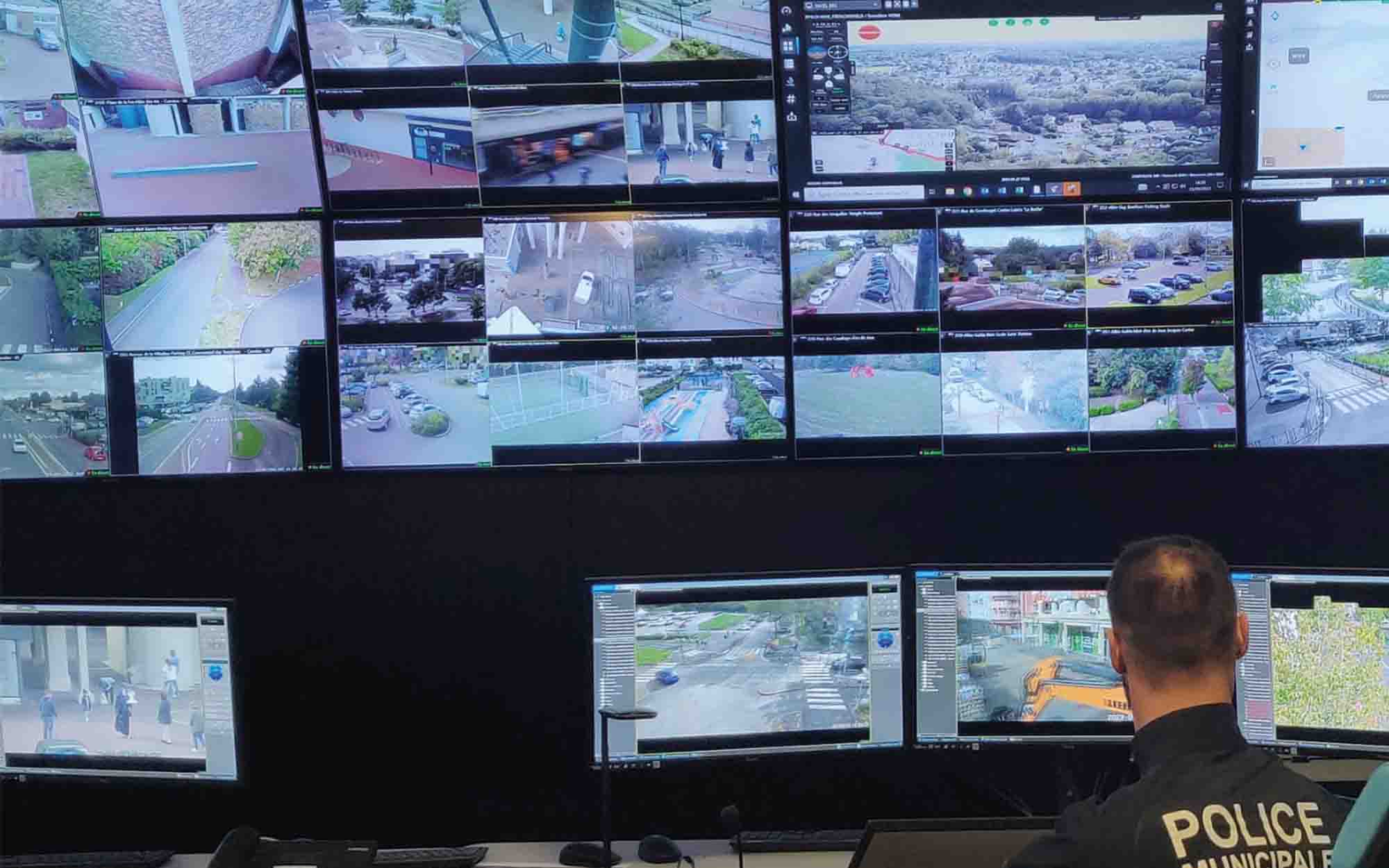
Drones for Police: Event Security
Drones are now a key part of security plans for police at big public events. These advanced aerial tools offer an unparalleled aerial perspective, crucial for effective crowd monitoring, control, and the early identification of potential security threats. Drones for police give police a quick and detailed look at what’s happening, helping them respond faster and more accurately to emergencies. This makes public safety better and police work more efficient.
Tethered drones for extended flight times
Particularly, tethered drones offer distinct advantages in event security. These drones, attached to ground power, offer extended flight times and stable, secure data transmission.
This ensures continuous aerial surveillance without the interruption of battery changes, a common limitation of traditional drones.
The secure tether reduces risks of signal interference, ensuring reliable communication. It also has the advantage of keeping the aircraft safely away from crowds below.
The benefits of high definition cameras
Equipped with high-definition cameras and adapted payloads, drones can adapt to various security needs. Features like thermal imaging are key for monitoring in low-light conditions. As for zoom lenses, they allow for detailed observation of specific areas. They can also carry loudspeakers for direct communication with crowds, enhancing crowd management and emergency response.
Real time intelligence
Integrating seamlessly with ground-based security operations, drones for police contribute to a holistic security approach. They provide real-time intelligence to command centers, ensuring coordinated responses alongside other security measures. By removing line of sight restrictions, a communication node improves security team communication infrastructure, enhancing overall security operation effectiveness.
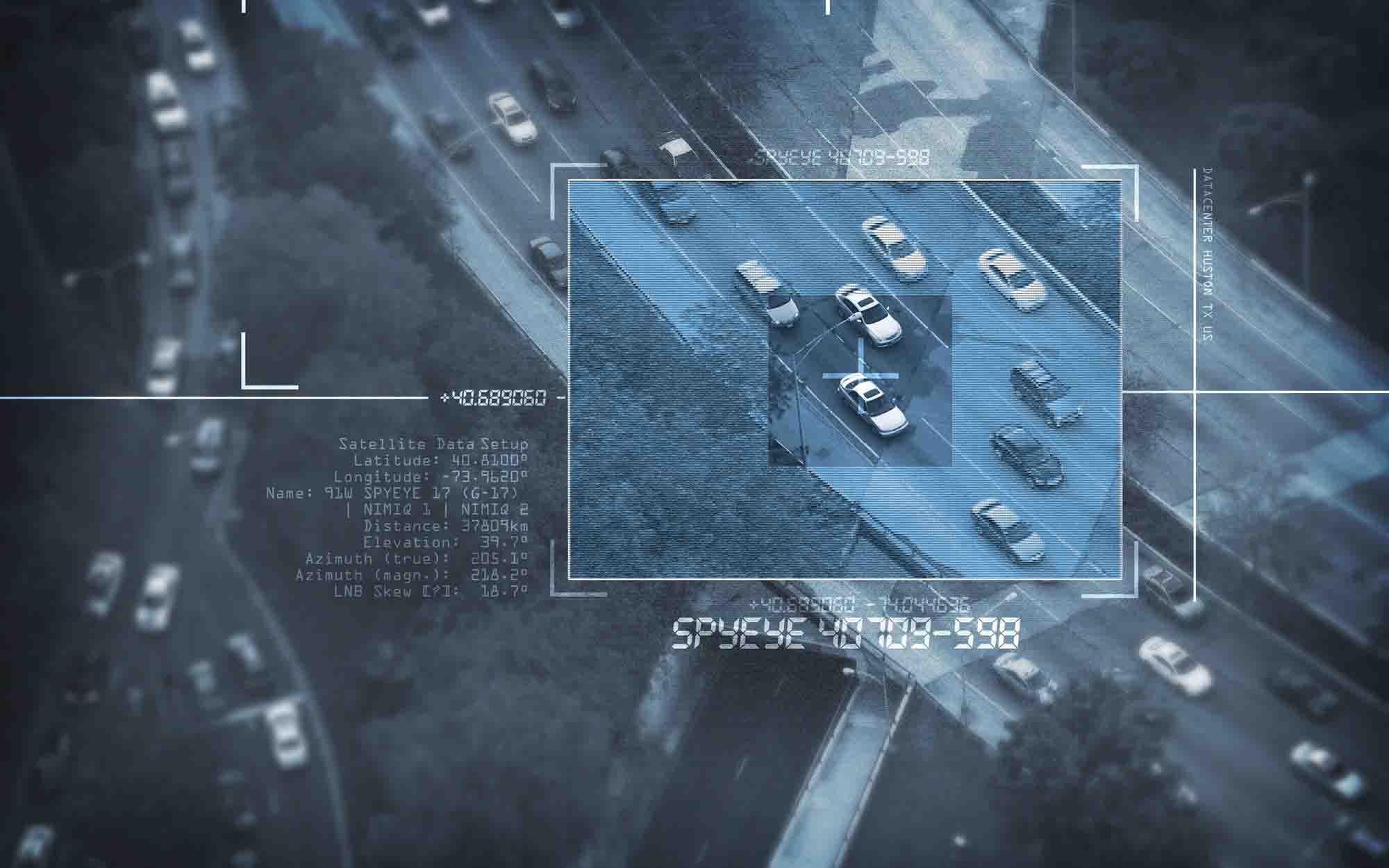
Search and Rescue Operations: Speed and Efficiency of Drones for Police
In search and rescue, police drones have emerged as invaluable assets, drastically improving the speed and efficiency of operations. These drones equipped with advanced thermal cameras that can quickly find missing people in difficult places like forests or mountains.
During natural disasters, such as floods, earthquakes, or wildfires, the aerial perspective provided by drones becomes crucial. It allows rescue teams to assess the situation safely and effectively, identifying survivors and assessing risks without putting rescue personnel in immediate danger.
Quick deployment capability
The quick deployment capability of drones for police is a game-changer in time-sensitive scenarios. Unlike manned aircraft, drones can be launched rapidly and with minimal logistical requirements. Speed is important during search and rescue missions. Every minute counts and can make a difference between life and death.
Drones can cover large areas faster than people on the ground. They give real-time data and images to help rescuers find exact locations. This efficiency saves time and reduces the manpower and resources needed in traditional search methods.
Thermal imaging
The drones have thermal imaging technology. This technology is helpful in hard-to-see situations including nighttime or obscured areas. They can detect heat signatures of humans and animals, even if foliage obscures them, debris traps them, or they are incapacitated in some way.
Comprehensive situational awareness
Drones also play a crucial role in post-disaster scenarios. They can be used to assess damage, map affected areas, and identify safe routes for rescue teams.
This comprehensive situational awareness is vital for planning and executing efficient rescue operations. The integration of drones for police in search and rescue operations also includes the use of additional technologies such as high-resolution cameras, GPS, and real-time data transmission systems.
These technologies enable constant communication between the drone operators and ground teams, ensuring coordinated efforts and effective decision-making.
Greater safety of the first responders
Furthermore, the use of drones in search and rescue not only enhances operational capabilities but also ensures greater safety for the rescue teams. Drones give an overview and spot dangers, aiding in planning rescue missions and lowering risk for first responders.
The large variety of payloads is one aspect that makes drones a key asset in these scenarios. In addition to traditional RGB cameras, thermal imaging payloads, and communications equipment, drones can also be equipped with loudspeakers and spotlights to assist SAR personnel during nighttime operations.

Drone for Police: Accident Scene Reconstruction and Analysis
Drones for police have also become essential tools for accident scene reconstruction and analysis. Police can use drones to get detailed views of accident scenes from hard-to-reach angles, improving their investigation capabilities. This high-level overview is instrumental in gathering crucial data for accurately reconstructing events, a key component in traffic accident investigations.
Integration with 3D mapping softwares
One of the most significant advancements in drone technology for law enforcement is the integration of 3D mapping software.
Drones with high-tech cameras and sensors can scan accident scenes fast, taking many pictures from different angles. Sophisticated 3D mapping software processes these images to create accurate, detailed reconstructions of the scene.
This technology helps analyze important details. It can determine the location of vehicles during the accident. It can also identify where debris landed and skid marks. This information is key in understanding how the accident occurred.
The use of drones for 3D mapping presents several advantages over traditional ground-based methods.
• First, it significantly speeds up the process of data collection. In the past, police officers had to measure and document crash scenes manually. This process was time-consuming and often led to longer road closures. With drones, the same data can be collected in a fraction of the time, enabling quicker clearance of accident sites and reducing the impact on traffic flow.
• Moreover, drone-based 3D mapping enhances the safety of both officers and the public. Police can use drones to stay safe during accidents for example on busy highways or in dangerous areas. This remote data collection method minimizes the risk of secondary accidents and ensures the safety of first responders.
Analysis of scenes with 3D reconstructions
Another advantage of using drones in accident scene analyzing is the level of detail and accuracy they provide. 3D reconstructions from drone pictures provide a detailed view of a scene.
This helps to identify small details that may be missed by the naked eye. This detailed information helps investigators understand what happened before an accident. It also helps them figure out why it occurred. Additionally, it allows them to create accurate reports for legal and insurance reasons.
The integration of drones into accident scene reconstruction also aids in documentation and evidence preservation. Hig resolution pictures and 3D models are helpful records that can be studied and analyzed even after the real scene is gone. Data permanence is crucial in legal cases, where visual evidence of the scene can be very important.
Overall, using drones in law enforcement helps improve public safety and operational efficiency by opening up new possibilities. Drones are changing aerial surveillance with their unique views and secure coverage, surpassing fixed cameras with their flexibility. Drone technology is improving and will help law enforcement more. It will offer new ways to prevent crime and keep the public safe.
For more information about Elistair and its products, please visit www.elistair.com and get the latest developments on Linkedin @elistair.



